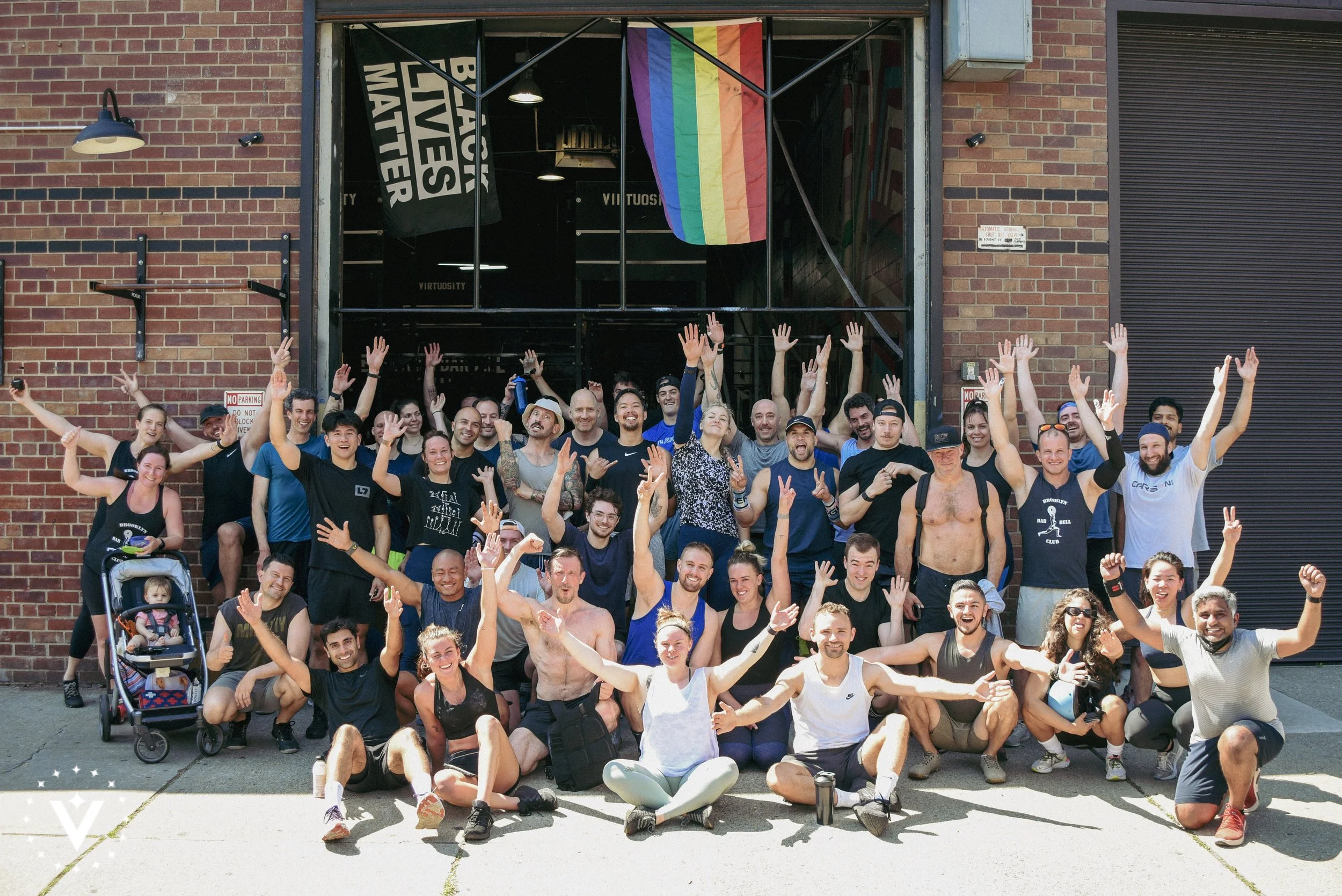
The gym can be your happy place.
Start your journey with a free intro session.
WE’RE HERE TO HELP
What’s holding you back?
-

Motivation
Our friendly coaches and welcoming community give you an extra push, and accountability to keep you on track towards your goals.
-

Time Management
Our classes train mobility, strength, conditioning and more in just an hour, and meet throughout the day to fit almost any schedule.
-

Intimidation
Regardless of your current fitness level, CrossFit will work for you. Our clients are big, small, young, old, and everywhere in between.
-

Boredom
Every day you train with us, you’ll complete a different workout. You’ll discover things you love, things you hate, and you’ll never be bored!
WHY CROSSFIT VIRTUOSITY?
Get Results That Last
Refine Movement
Excellent movement patterns maximize performance and minimize injury risk.
Increase Mobility
Undo your desk-sitting and cellphone-hunching aches and pains with regular mobility work.
Improve Mental Health
Exercise has been shown to improve mood, decrease stress and anxiety, and help you sleep.
Build Strength
Functional strength helps you age gracefully and take on any challenge life throws at you.
Love Your Body
Truly appreciate the amazing things your body can do, get healthier, and feel sexier.
Long Term Success
This isn’t a quick fix gym: we create habits that will keep you fit and healthy for life.

What People Are Saying…

